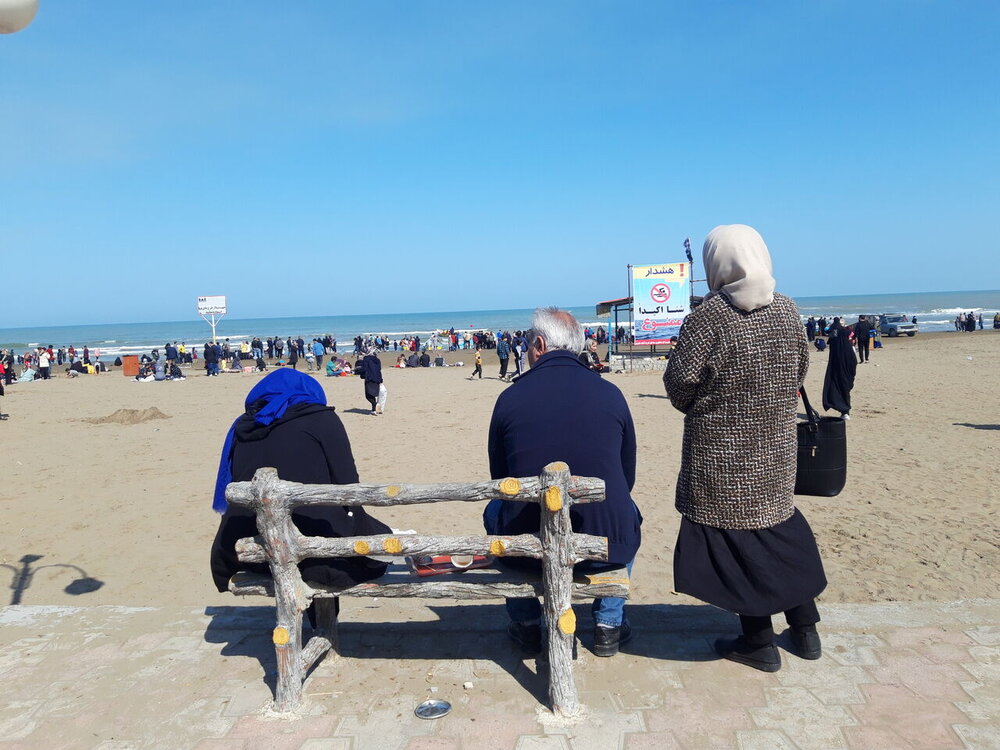Mazandaran records 6m overnight stays on Eid al-Fitr holidays

TEHRAN – Iranians made more than six million overnight stays in the official accommodation centers across the northern province of Mazandaran during the two-day Eid al-Fitr holidays, which marks the end of the fasting month of Ramadan, the provincial tourism chief has said.
“A total of 6,001,433 people made overnight stays during the Eid al-Fitr holidays at the authorized accommodation centers such as hotels, guest houses, traditional lodging houses, and apartment hotels,” IRNA quoted Mehdi Izadi as saying on Friday.
This number of stays is identical to what Mazandaran recorded during the first half of this year’s Noruz holidays, he noted.
The impressive number is due to the holiday’s timing and the change for the exact time of Eid al-Fitr, which extended the holiday’s duration to [almost] a week, the official mentioned.
Some 850,000 people visited the historical sites, tourist attractions, and natural sights across the province during the mentioned time, he added.
An early civilization flourished at the beginning of the first millennium BC in Mazandaran (Tabarestan). Its insecure eastern and southeastern borders were crossed by Mongol invaders in the 13th and 14th centuries. Cossacks attacked the region in 1668 but were repulsed. It was ceded to the Russian Empire by a treaty in 1723, but the Russians were never secure in their occupation. The area was restored to Iran under the Qajar dynasty.
The northern section of the region consists of lowland alongside the Caspian and upland along the northern slopes of the Alborz Mountains. Marshy backlands dominate the coastal plain, and extensive gravel fans fringe the mountains. The climate is permanently subtropical and humid, with very hot summers.
This year’s Ramadan began on April 03, which falls in the spring season in Iran, and came to an end on Monday evening. Because of the nature of the lunar calendar system, the dates of Ramadan vary each year and there is always a sort of disagreement among scholars as to when Ramadan precisely start or come to an end.
By tradition, the new moon crescent which is sighted by the naked eye marks the beginning of a new lunar month but these days Muslims prefer to lean towards astronomical calculations to avoid such confusion.
ABU/ AFM
